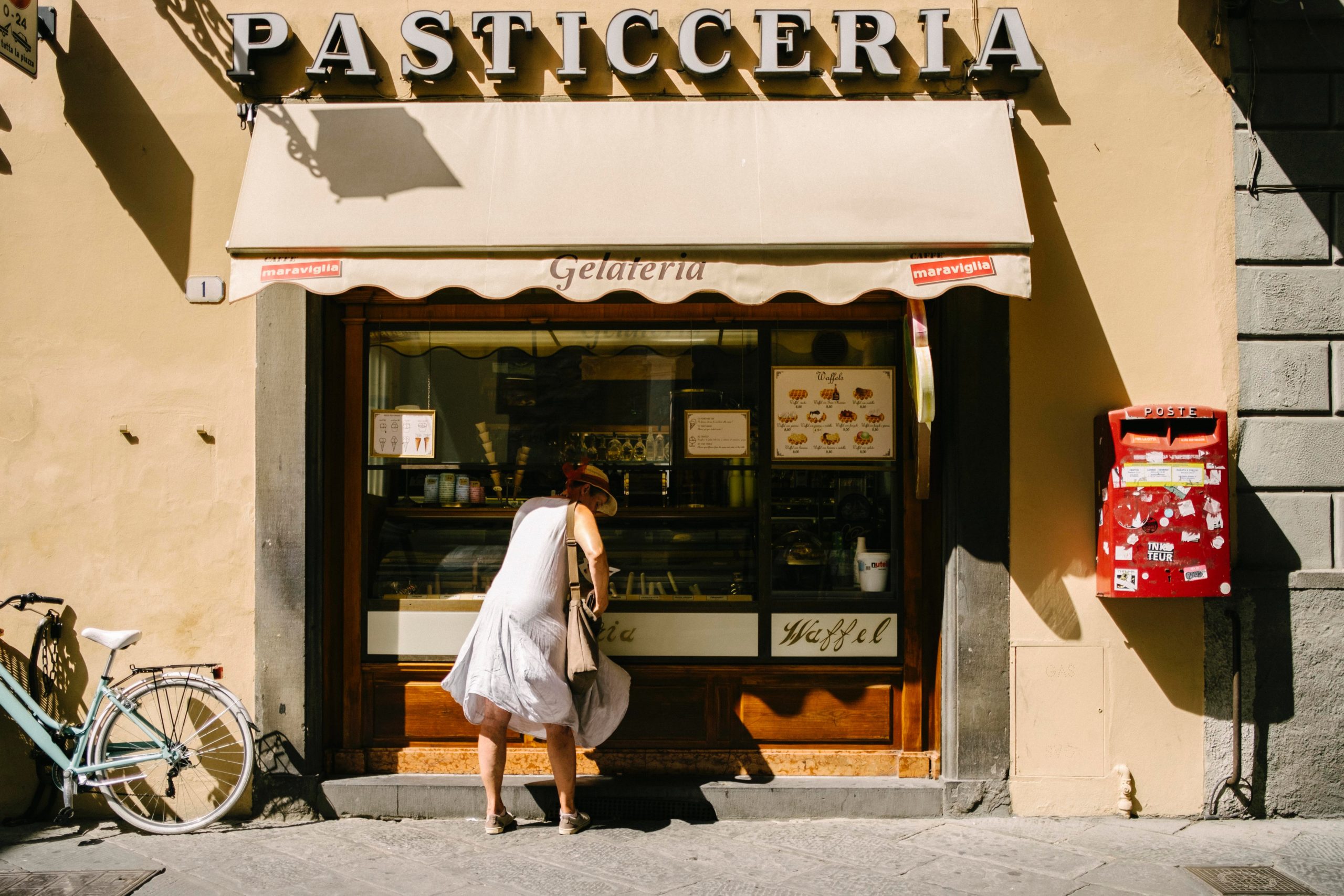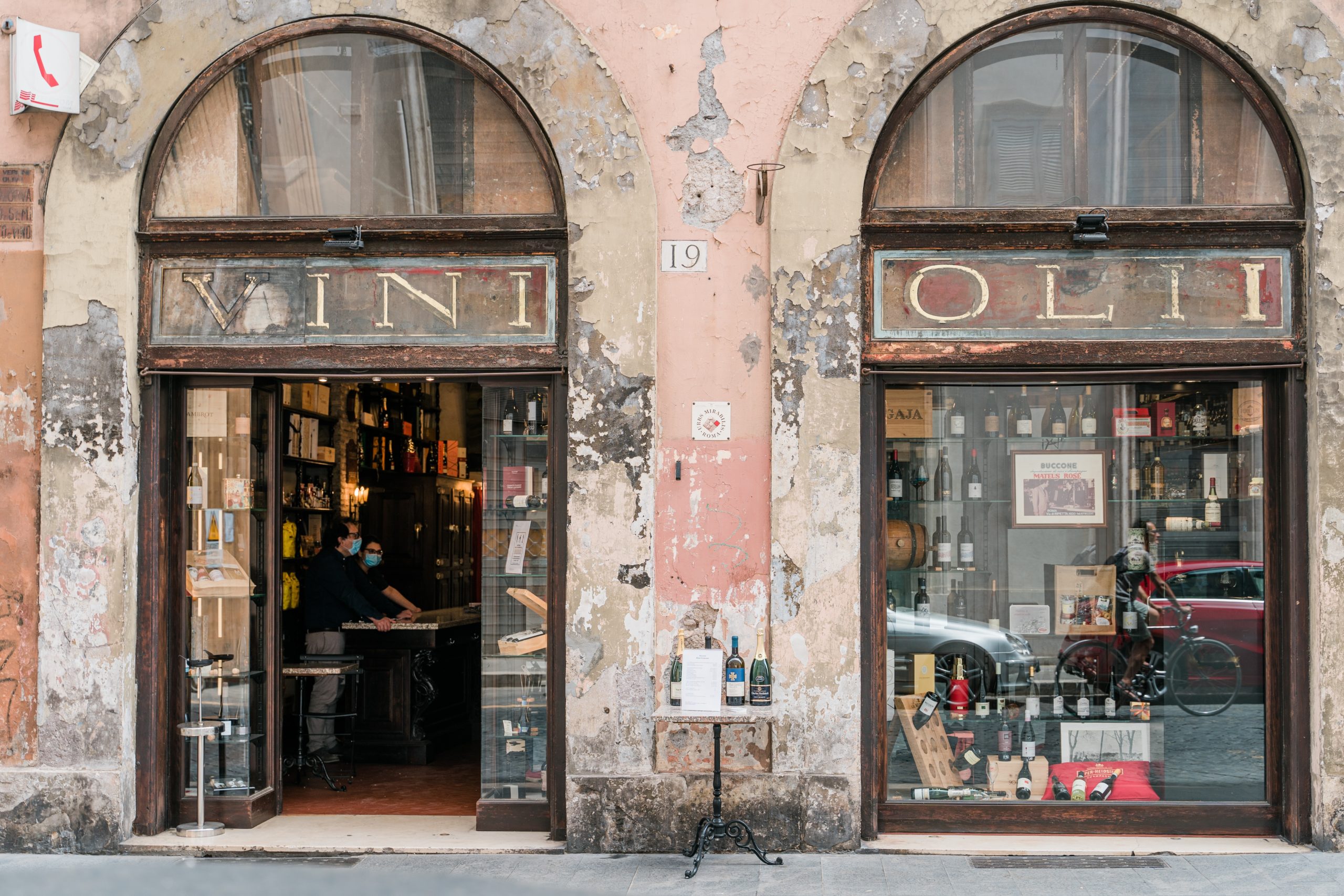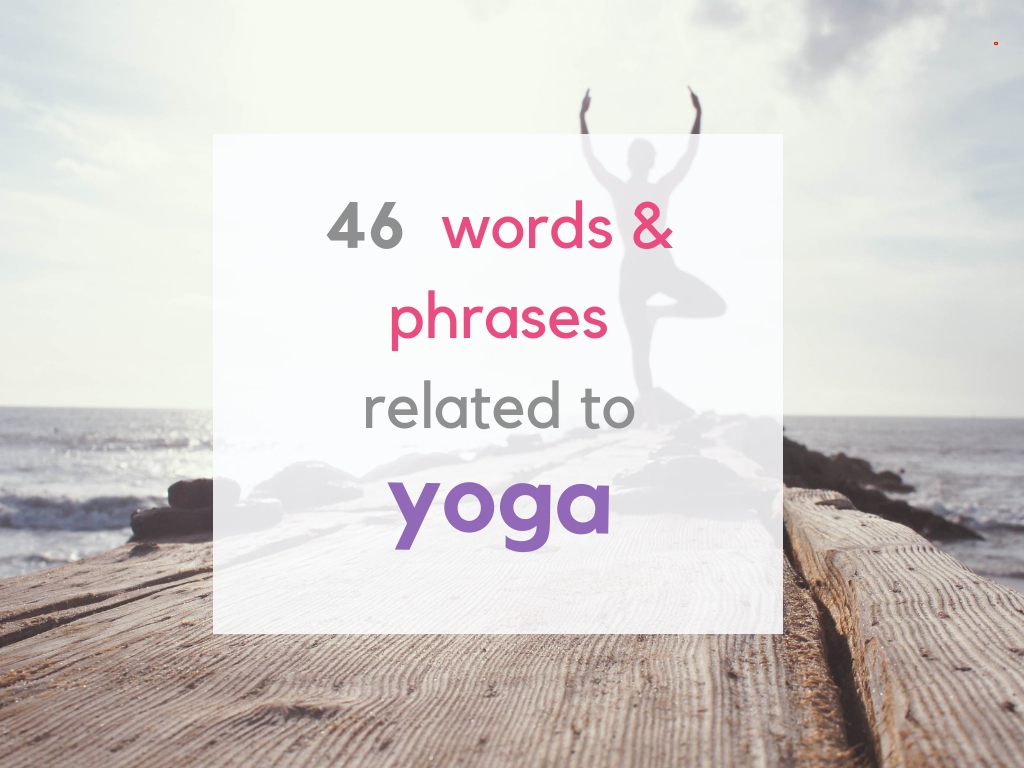Blog
Understanding the Differences: ‘Finalmente’, ‘Alla Fine’, and ‘Infine’ in Italian
What is the difference between 'finalmente', 'alla fine' and 'infine'? During my classes, I've noticed that students often get confused between the use of 'finalmente,' 'alla fine,' and 'infinite.' In fact, these may initially seem like interchangeable adverbs due to...
Is Sicilian a Language?
If you are a passionate Italophile, the odds are you have been faced with the complex topic of "the languages and dialects of Italy." If you have ever traveled to Sicily or you are planning to, you might have wondered if Sicilian people will understand you or you...
Italian Conditional: Teacher’s Guide
The Italian Conditional Present and Past Conditional The conditional is composed of two forms: the present conditional (e.g abiterei - I would live) and the past or compound conditional (avrei abitato - I would have lived). The first is the most common one and the one...
15 Italian Tongue Twisters to Improve Your Pronunciation
Italian is generally straightforward to read, but there are certain sound clusters that can be challenging for non-native speakers. To help you practice some of the most difficult Italian sounds, such as the "r", the double consonants, the “z", and consonant clusters...
What’s The Difference Between ‘Dovevo’ and ‘Ho Dovuto?’
If you ended up on this page, it's because you wonder if there is any difference between the use of ho dovuto and dovevo,ho voluto and volevo, sapevo or ho saputo. In other words, you might have realized that there's a difference in the meaning of certain verbs if...
46 Italian phrases related to Yoga
If you like yoga and you are learning Italian, this list will come in handy when traveling to Italy. Joining a local yoga group or a yoga retreat in Italy is a beautiful experience to practice your Italian in a real-life situation while practicing one of your favorite...
How to Express Love and Affection in Italian
If you don’t know it yet, the Italian Language makes a difference between loving someone and loving something or to do something. Making sure to learn this subtle difference, is the only way to avoid awkward moments with your Italian friends or lovers! Loving...
Mastering Italian: Most Common Phrases with the Verb ‘Fare’
Besides being an irregular verb, the verb 'fare' is used in Italian in numerous useful expressions. Let's explore some of them: Fare i compiti: to do the homework Fare le pulizie: to do the chores Fare un biglietto: to buy a ticket Fare una passeggiata: to go for a...
How to make a phone call in Italian
Making a phone in Italian call can be daunting , even as a fluent learner. The lack of in-person contact and visual cues make it way more difficult than one on one conversation. On top of that, phone calls tend to be more impersonal and use a specific language. You...
CILS B1 for Citizenship – The Listening Part
The Exam Structure Here's a breakdown of the exam structure: Total Exam Duration: 2.05 hours Listening Section Duration: 30 minutes Listening Section Details: Prova n.1: Task: Listen to the recording of six short texts. Question Type: Multiple-choice questions. Prova...










